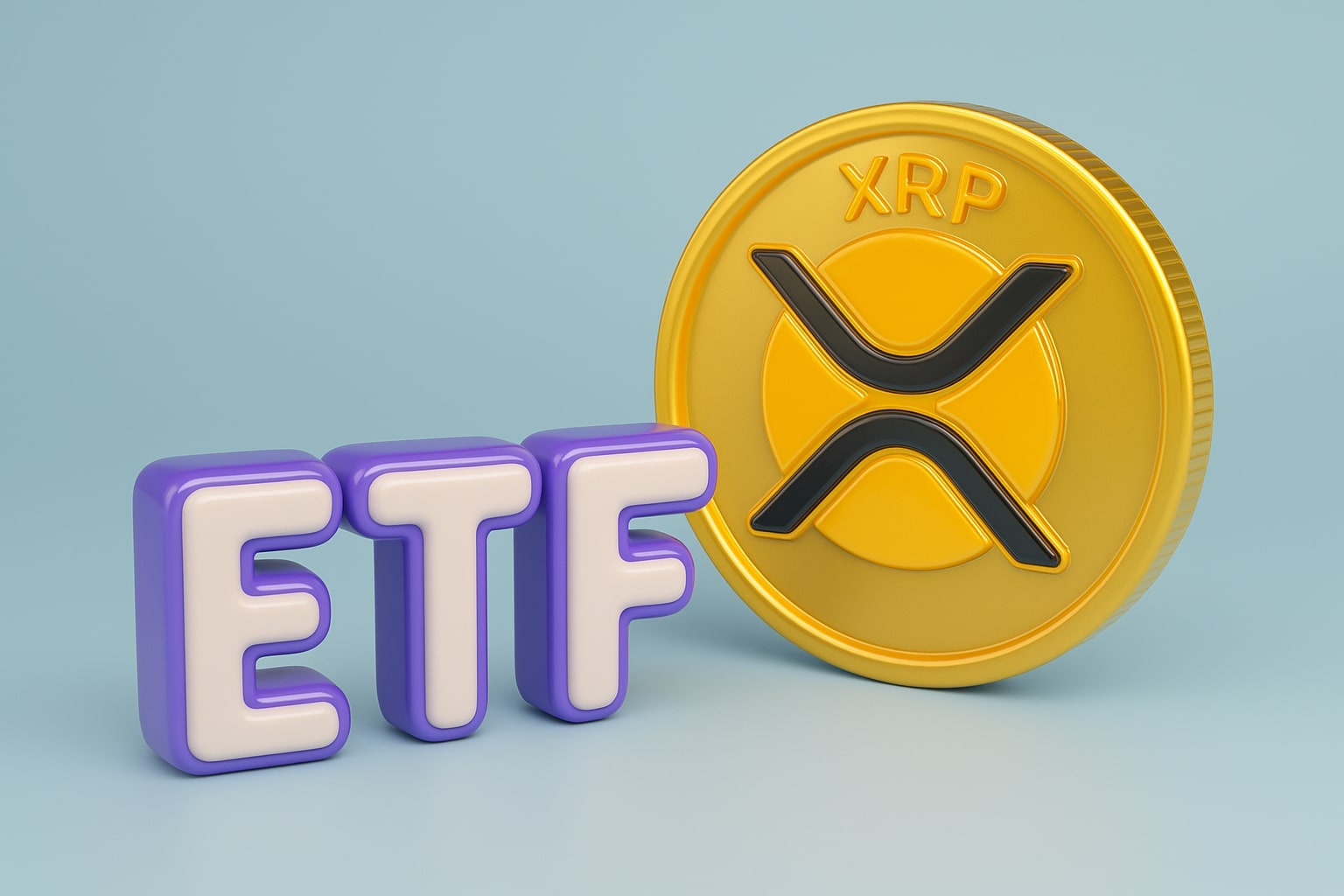
Oil Prices Forecast - Oil Retreats to $64.66 WTI and $69.06 Brent as Strong U.S. GDP and Kurdistan Flows Weigh
Crude slips from seven-week highs as Russian diesel ban collides with oversupply fears; TotalEnergies trims buybacks 25% to $1.5B while OPEC+ spare capacity and U.S. output above 13.2M bpd cap upside | That's TradingNEWS
Oil markets retreat after seven-week high as supply fears resurface
Oil prices reversed gains on Thursday, with WTI crude (CL=F) slipping to $64.66 per barrel (-0.51%) and Brent crude (BZ=F) easing to $69.06 (-0.36%), as investors recalibrated expectations for U.S. monetary policy and a wave of fresh supply headlines reignited oversupply concerns. Both contracts had jumped 2.5% on Wednesday, touching their highest levels since August 1, after U.S. stockpiles showed a surprise draw and Ukraine’s drone strikes threatened Russian refining capacity. The short-lived rally was cut back as stronger-than-expected U.S. GDP data, revised up to 3.8% annualized in Q2, and jobless claims falling to 218,000, pushed Treasury yields higher and dampened hopes for further rapid Fed rate cuts.
European majors under pressure as buybacks shrink
French energy giant TotalEnergies (EPA:TTE) became the latest to signal strain, cutting its Q4 share buyback program to $1.5 billion, down from the consistent $2 billion pace it maintained when crude was above $70. The company also guided for reduced capital returns between $750 million–$1.5 billion per quarter through 2026, assuming Brent trades in the $60–$70 range. Total’s shares slipped nearly 1% in Paris as Brent traded below $69. Rising net debt and the risk of oil at $50 next year, highlighted by Wood Mackenzie, have forced management to defend the balance sheet. Analysts at RBC expect annual CapEx to be trimmed from $18 billion to $16–$17 billion, a shift that could ripple across European oil majors. Morgan Stanley warned that most EU producers will suspend buybacks entirely if crude breaches $50.
Russia restricts fuel exports as Ukraine strikes mount
Geopolitical risks remain elevated. Russia confirmed a partial ban on diesel exports until year-end, while extending gasoline restrictions after repeated drone attacks on key refineries. Deputy Prime Minister Alexander Novak said the measures were designed to stabilize domestic markets, but traders fear tighter refined fuel flows will deepen volatility in Europe ahead of winter. Despite the restrictions, Russian crude continues to reach China and India, with seaborne flows still averaging above 3 million barrels per day, but refined fuel curbs add a new layer of tightness.
Iraq and Kurdistan deal revives supply concerns
At the same time, Iraq and the Kurdistan Regional Government struck a deal with eight oil companies to restart exports from northern fields, sidelined since early 2023. The return of Kurdish barrels, potentially 450,000 bpd, weighed heavily on sentiment, reinforcing fears that Q4 could flip into oversupply. Combined with rising OPEC+ spare capacity and U.S. production consistently above 13.2 million bpd, traders are preparing for a market flush with crude.
Hydrogen bets highlight energy transition pivot
While oil grapples with short-term volatility, Woodside Energy (ASX:WDS) announced a partnership with Japan’s KEPCO and Japan Suiso Energy to build a liquefied hydrogen supply chain between Australia and Japan. The H2Perth project aims to produce hydrogen via natural gas reforming with carbon capture and storage. Although pitched as carbon-neutral, the reliance on gas underscores the industry’s pivot: international majors are increasingly capping renewable budgets to 20–30% of total CapEx, focusing instead on hybrid gas-plus-CCS pathways. Rising costs and slow demand have derailed pure green hydrogen projects, with the IEA warning output by 2030 may be 25% below last year’s expectations.
Read More
-
PFFA ETF Nears $21.50 as Rate Cuts and 9.49% Yield Spark Renewed Demand
29.11.2025 · TradingNEWS ArchiveStocks
-
XRPI and XRPR ETFs Ignite Ripple’s Institutional Rally as Inflows Near $1B and XRP Holds $2.20
29.11.2025 · TradingNEWS ArchiveCrypto
-
Natural Gas Price Forecast - NG=F Blasts to $4.85 as Demand Surge Fuel Multi-Month Breakout
29.11.2025 · TradingNEWS ArchiveCommodities
-
USD/JPY Price Forecast - Yen to Dollar Slides to 156.10 as Yen Strengthens on Fed Cut Expectations
29.11.2025 · TradingNEWS ArchiveForex
Technical signals show hesitation at $65 WTI, $70 Brent
From a trading perspective, WTI’s rejection of the $65–$66 resistance band leaves it vulnerable to a pullback toward $62, with deeper support at $60. Brent faces a similar ceiling at the 200-day EMA near $70, which it failed to reclaim. Until Brent clears $70 decisively, momentum stays capped, and range-bound behavior dominates. Options markets show elevated put volumes at $60 WTI and $65 Brent, reflecting growing hedging activity among producers.
Outlook: tightening vs oversupply
The oil market sits in a tug-of-war between tightening shocks — Russia’s fuel bans, Ukrainian attacks on refineries, U.S. stock draws — and structural oversupply, from Kurdistan flows, U.S. shale resilience, and OPEC+ spare barrels. At WTI $64.66 and Brent $69.06, valuations imply skepticism about lasting tightness. With TotalEnergies and other majors scaling back shareholder returns, investor sentiment is shifting toward caution. On balance, the setup is Bearish short-term, with crude at risk of retesting $60 WTI if macro data continues to surprise on the upside and supply ramps.



















